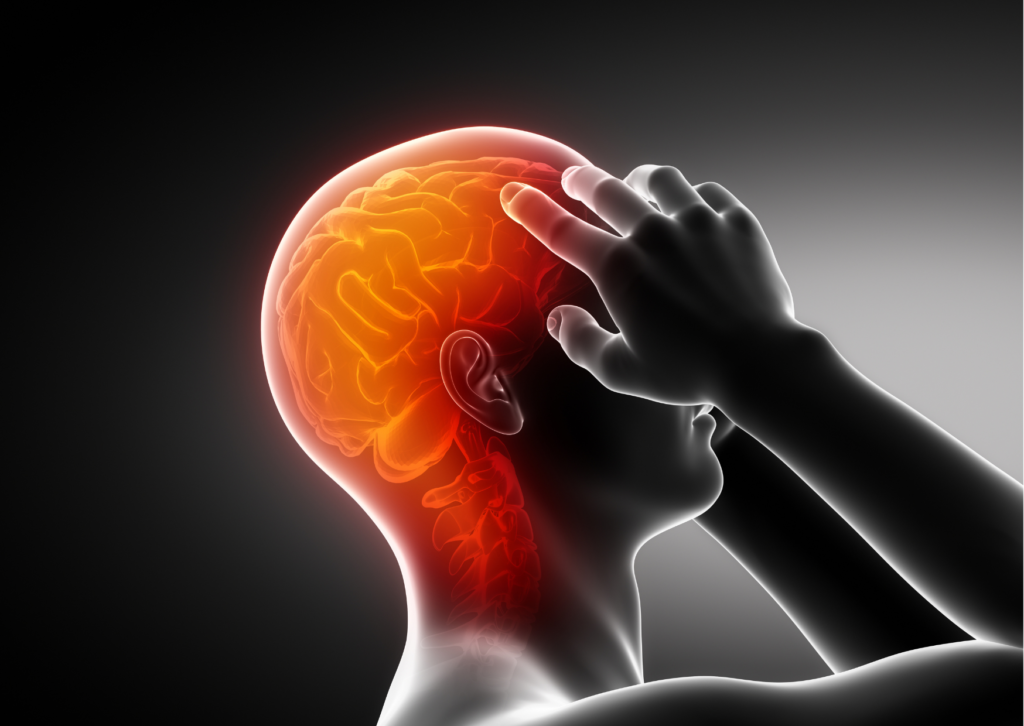604
Migraine is a neurological condition characterized by recurring moderate to severe headaches often accompanied by other symptoms such as nausea, sensitivity to light and sound, and visual disturbances. It affects millions of people worldwide, significantly impacting their quality of life. Understanding the causes, symptoms, and available treatment options is crucial for managing this debilitating condition effectively.
Causes and Triggers:
- Genetics: Migraine tends to run in families, suggesting a genetic component to the condition. Certain genetic mutations may make individuals more susceptible to migraines.
- Neurological Factors: Migraine is believed to involve abnormal brain activity, including changes in neurotransmitter levels and alterations in blood flow to the brain.
- Triggers: Various factors can trigger migraines in susceptible individuals, including stress, hormonal changes, certain foods (such as aged cheeses and processed meats), environmental factors, and changes in sleep patterns.
Symptoms:
- Headache: Migraine headaches are typically throbbing or pulsating and often affect one side of the head. They can last for hours to days and may worsen with physical activity.
- Aura: Some individuals experience visual disturbances, such as flashes of light or blind spots, before the onset of a migraine headache. This phenomenon is known as an aura and can occur in around 25% of migraine sufferers.
- Nausea and Sensitivity: Migraine attacks are often accompanied by nausea, vomiting, and sensitivity to light and sound, which can exacerbate the discomfort experienced during an episode.

